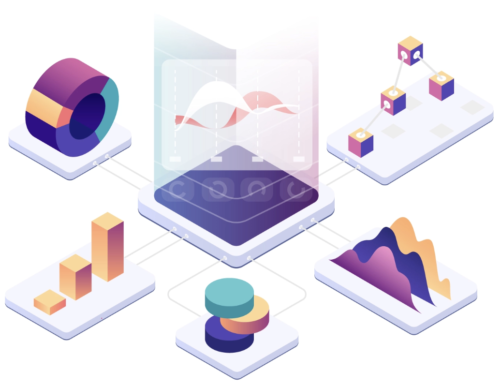Understanding what the job market demands of workers today, and in the future, can be elusive to gauge. Traditionally, labour demand statistics have been collected via surveys. Samples of employers and workers are asked questions to assess the ‘health’ of the job market. Labour market surveys reveal dynamics such as skill demands, salary ranges, and employers’ confidence. However, these surveys are lagging indicators. The results are usually published intermittently and well after the survey date.
Online job ads offer a real-time alternative for measuring labour market demands.
More and more job ads are being posted online. Approximately 60% of all job openings are advertised online in the US1 and Australia 2. And these proportions continue to increase. So, analysing job ads data can reveal up-to-date and longitudinal trends of labour market dynamics.
This is the basis of forthcoming researching that I’m currently preparing. Specifically, querying a longitudinal dataset of online job ads3 to analyse labour demands for Data Science and Advanced Analytics (DSA) occupations in Australia and New Zealand (ANZ). DSA occupations were selected for two main reasons: (1) DSA jobs represent a class of emerging skills in high-demand; and (2) DSA jobs are poorly classified by official government occupational measuring standards. I ultimately want to test whether the hype surrounding Data Science is justified and whether the yells of DSA skill shortages in ANZ are reflected in job ads data.
This post shares a few data visualisations on what job ads reveal about DSA employment and skill demands.
DSA wage premium
If there are shortages of workers with DSA skills, then one would expect to see DSA jobs attracting higher wages. According to online job ads in ANZ, this is indeed the case. DSA jobs have consistently fetched wage premiums above median levels since 2012.

While all categories4 of DSA jobs attract wage premiums, the more technically rigorous DSA jobs have experienced the highest wage growth.5
At the granular skill-level, skills in ‘Big Data’ analytics and management attracted among the highest DSA salaries in 2018.

Job ads also provide a different perspective on the old debate about ‘programming language superiority’. According to GitHub Octoverse, JavaScript, Java, and Python were the top three languages in terms of unique contributors to repositories.

These GitHub trends are fairly similar to the programming language demand trends found in online job ads. Below is a bump chart of the top 10 programming languages from online job ads.

JavaScript, Java, and Python are the top three coding languages demanded by employers. PHP and C++ maintain solid usage and demand levels. And Ruby appears to be slipping out of favour relative to other languages.
More research to come on DSA labour demands by analysing online job ads. So, watch this space!
- Carnevale, Anthony, Tamara Jayasundera, and Dmitri Repnikov. 2014. “Understanding Online Job Ads Data.” Georgetown University. https://cew.georgetown.edu/wp-content/uploads/2014/11/OCLM.Tech_.Web_.pdf. pg. 7
- “Sixty per cent of Job Vacancies in Australia Are Advertised Online | Department of Employment, Skills, Small and Family Business.” 2018. Accessed July 7, 2019. https://www.employment.gov.au/newsroom/sixty-cent-job-vacancies-australia-are-advertised-online.
- This research analyses online job ads data in ANZ from 2012-19. The data has been generously provided by Burning Glass Technologies, a leading vendor in online jobs ads data collection and analytics. Further details will be provided in the forthcoming research paper.
- After filtering occupations based on skills, DSA jobs were split into categories. The five DSA categories are shown above and will be discussed further in the forthcoming research.
- Specifically, Data Scientists and Advanced Analysts and Data Analysts. Data Scientists and Advanced Analysts create sophisticated analytical models used to build new datasets and derive new insights from data. And Data Analysts leverage data analysis and modelling techniques to solve problems and glean insight across functional domains.

